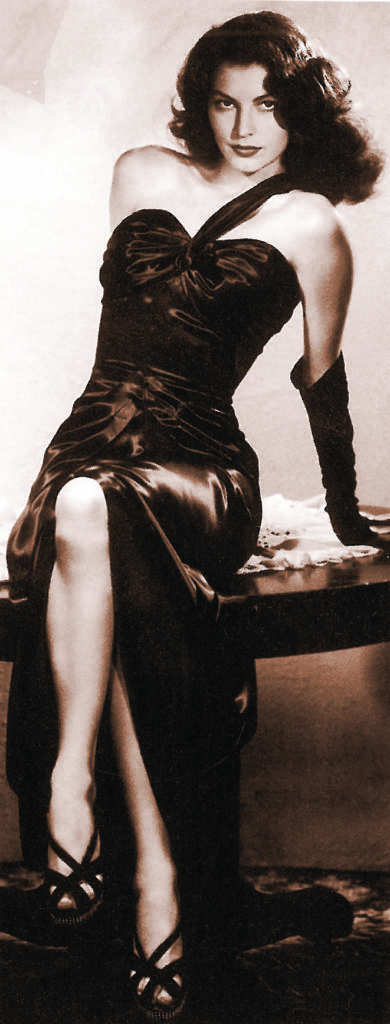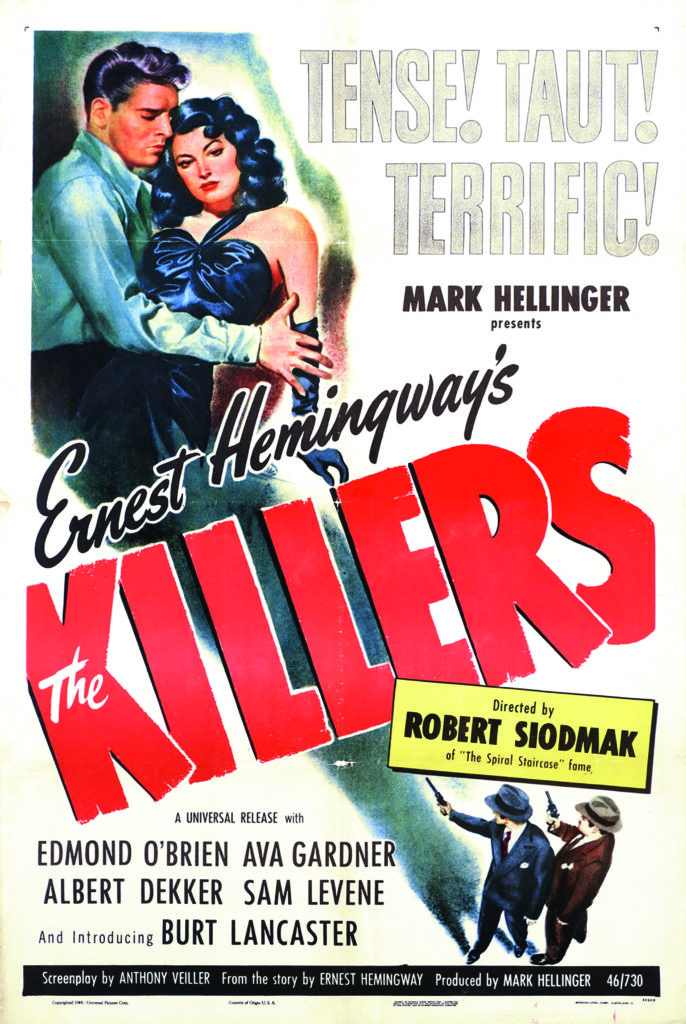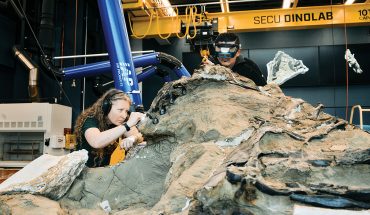An iconic accessory worn by the North Carolina-born movie star finds a home at the Gregg Museum of Art & Design.
by Hampton Williams Hofer
In a publicity shot for the 1946 film The Killers, Ava Gardner dons a pair of brown suede elbow-length gloves as she leans moodily into her co-star, Burt Lancaster. The Academy Award-winning film, based on the short story of the same name by Ernest Hemingway, skyrocketed Gardner to stardom, making her the most famous North Carolinian of the 1940s.
And the gloves, still in excellent condition, are now situated in their new home: within a gold frame in Raleigh, at The Gregg Museum of Art & Design on Hillsborough Street, a piece of history preserved and free to the public.
Mary Hauser, registrar and associate director at The Gregg, notes that while Gardner’s gloves are significant as a high-quality example of the fashion of the ‘40s and ‘50s, their story is enriched by the fact that we know they were worn by one of the biggest stars of the Golden Age of Hollywood.
“The chance to be so close to an object that someone powerful, interesting and famous once used or touched is exciting,” says Hauser. “Perhaps it makes the chance that we could achieve such status seem a little more attainable.”
Ava Gardner, who would have turned 100 this month, was the seventh and youngest child of struggling tobacco farmers in a community in Johnston County known as Grabtown. Her rags-to-riches story began with a chance photograph in New York City and included an accent coach and a move to Los Angeles, where she became a leading lady of Hollywood, known for movies like Show Boat (1951), The Snows of Kilimanjaro (1952), The Barefoot Contessa (1954) and On the Beach (1959).
Her breakout role was in The Killers (1946), the film noir associated with the brown suede gloves, a film that even Hemingway — who was notoriously critical of Hollywood’s depictions of his stories — openly admired.
Twenty-five miles southeast of The Gregg, in Smithfield, is The Ava Gardner Museum, whose collection spans her entire life, including personal costumes, jewelry, photographs, papers and memorabilia. Johnston County’s hometown pride for Gardner is evident in the museum, which has an expert staff and board who work closely with the Gardner family to preserve Ava Gardner’s lasting legacy. The museum’s original collection began in 1941, when a 12-year-old boy named Thomas Banks had a chance encounter with Gardner while she was studying at Atlantic Christian College in Wilson.
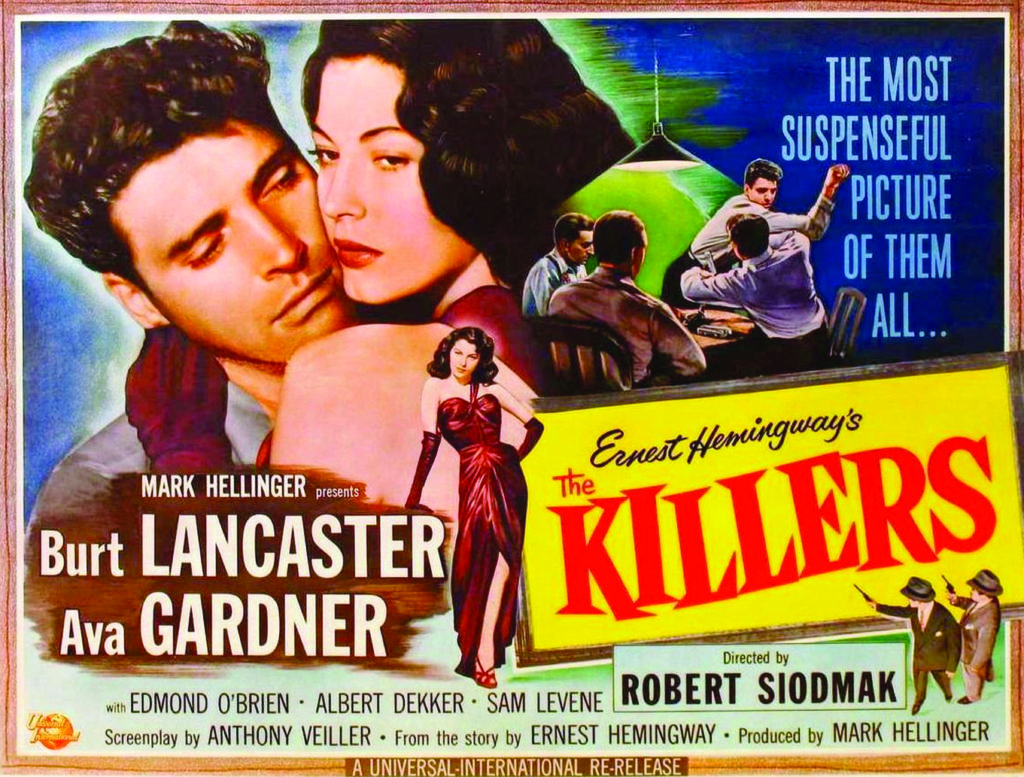
Banks grew into a superfan who — along with his wife — followed Gardner’s career, diligently collecting memorabilia. When the Bankses visited Gardner in London later in her life, she told them that their extensive collection of items should live in her home state of North Carolina, and thus began the Ava Gardner Museum. She might have been glad to know that the gloves from the movie that began her stardom would also find their way to her home state.
On the paper backing of the gloves’ gold frame are handwritten notes recording the label information stamped inside the gloves themselves: Real Kid / Made in France / 6 3/4 / TREFOUSSE. The notes also reveal: Betty Madry bought these gloves at a store near Disneyworld, Florida in 1975. Madry, who was a Raleigh local, gifted the gloves to the museum in 2013.
The notes on the back of the frame — which also indicate that the gloves were worn by Gardner during the publicity shot for The Killers — are essential to the history and preservation of the object: “Without these notes and the story from the donor, would these gloves have been cherished and framed?” Hauser asks.
“Or would they have been used and appreciated in a different way? Would they have made their way to a museum collection?” Thankfully, someone took the time to make the notes, and the gloves found their way to The Gregg, where their story is shared and protected.
Elbow-length gloves were a trend during Gardner’s time, something important to The Gregg’s collections committee. Even had this particular pair not been connected to a celebrity like Gardner, the museum would have been interested in a pair of such gloves. The elbow-length style became all the rage just after World War II, when people were reintegrating into society, seeking forms of elegance after years of work and struggle. The Gregg’s director, Roger Manley, can vividly recall his own mother going out to buy a pair of elbow-length gloves.
“The fact that these belonged to Ava Gardner, and that you can actually see them in the movie posters, anchors them to a particular person and year,” he says. To have an artifact is one thing, but to know exactly who wore it and when adds another layer entirely.
The gloves themselves, having most likely been worn only briefly, are in very good condition. It also helps that they were finely made, with a sueded leather material that would have provided an intriguing contrast to the glimmering satin dress Gardner wore in the photo.
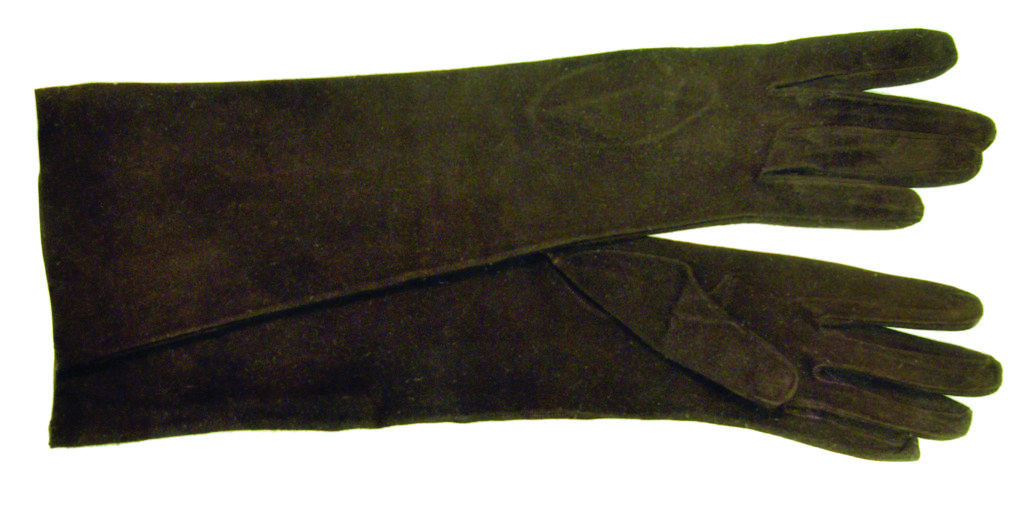
Manley says that when Ava Gardner’s gloves were gifted to the museum, he knew they would be important markers of an underrepresented time period: “We had a good bit of clothing from the 19th century through the 1920s, but people are just now getting to the point where they are giving us objects from the 1950s, because those kinds of objects belonged to people who are still living.” Generally, great-grandchildren are the ones cleaning out attics and donating artifacts.
“After two generations, it’s been just long enough for people to not remember somebody wearing them,” says Manley. As donors discover treasures, The Gregg continues its variety of offerings, with regularly rotating exhibitions and endless stories to tell.
This article originally appeared in the December 2022 issue of WALTER magazine.

